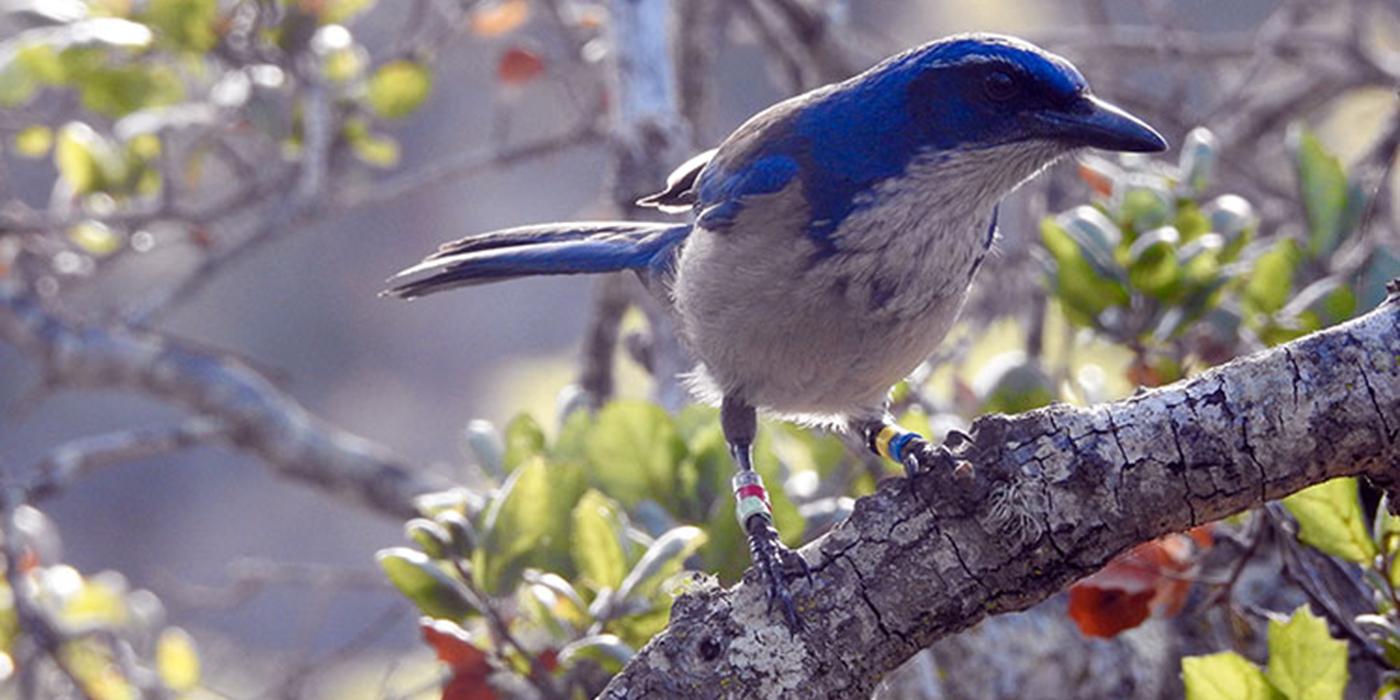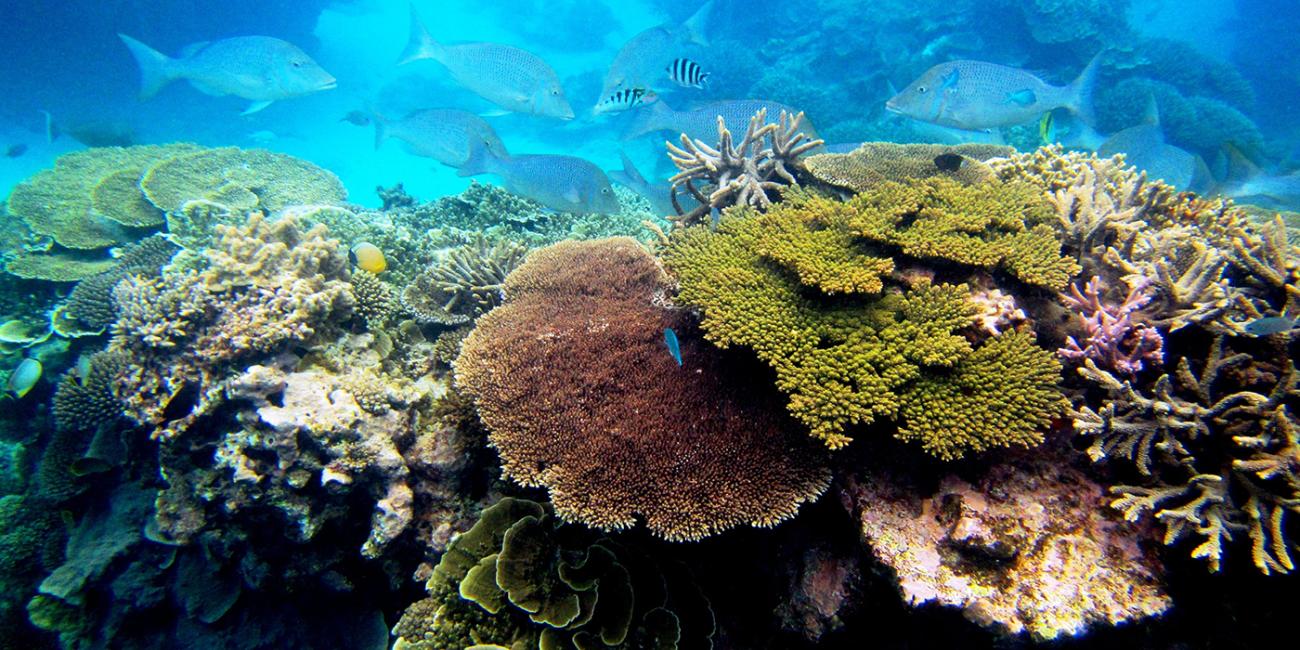Channel Islands: A Living Laboratory
Smithsonian Migratory Bird Center scientists study the island scrub-jay to learn more about island adaptations and conservation strategies for these ecosystems.
The eight California Channel Islands are home to native populations of several bird species, including the orange-crowned warbler and song sparrow. The endemic island scrub-jay is endemic to this area and exists exclusively on Santa Cruz Island. Bird species and populations on islands are often at risk. Island-specific species are up to 40 times more likely to go extinct than their mainland counterparts.
Temperature and moisture levels vary dramatically from east to west and north to south on the Channel Islands, providing a wonderful, living laboratory to study local adaption. So far, research has found that Channel Island bird populations show strong evidence of local adaptation, even within islands. If these adaptations are not identified and incorporated into management plans, restoration efforts could fail and waste already limited resources.
Researchers have also found that island scrub-jay populations live longer and produce fewer young each year than their mainland counterparts. Current research is investigating how this "slower life history" affects this species' ability to adapt to rapid environmental change.
Survival and reproductive success of Channel Islands birds are linked to rainfall, similar to populations on the coast of mainland California and in other "Mediterranean" environments. In wet years, more insects and seeds are available for the birds to eat. Relationships between weather and population dynamics are easier to study in places with relatively low species diversity, like the Channel Islands. This makes the islands an ideal system to investigate how future climate changes could affect wildlife.
SMBC researchers work with scientists from The Nature Conservancy, Channel Islands National Park and Catalina Island Conservancy to study and protect the unique island scrub-jay.












